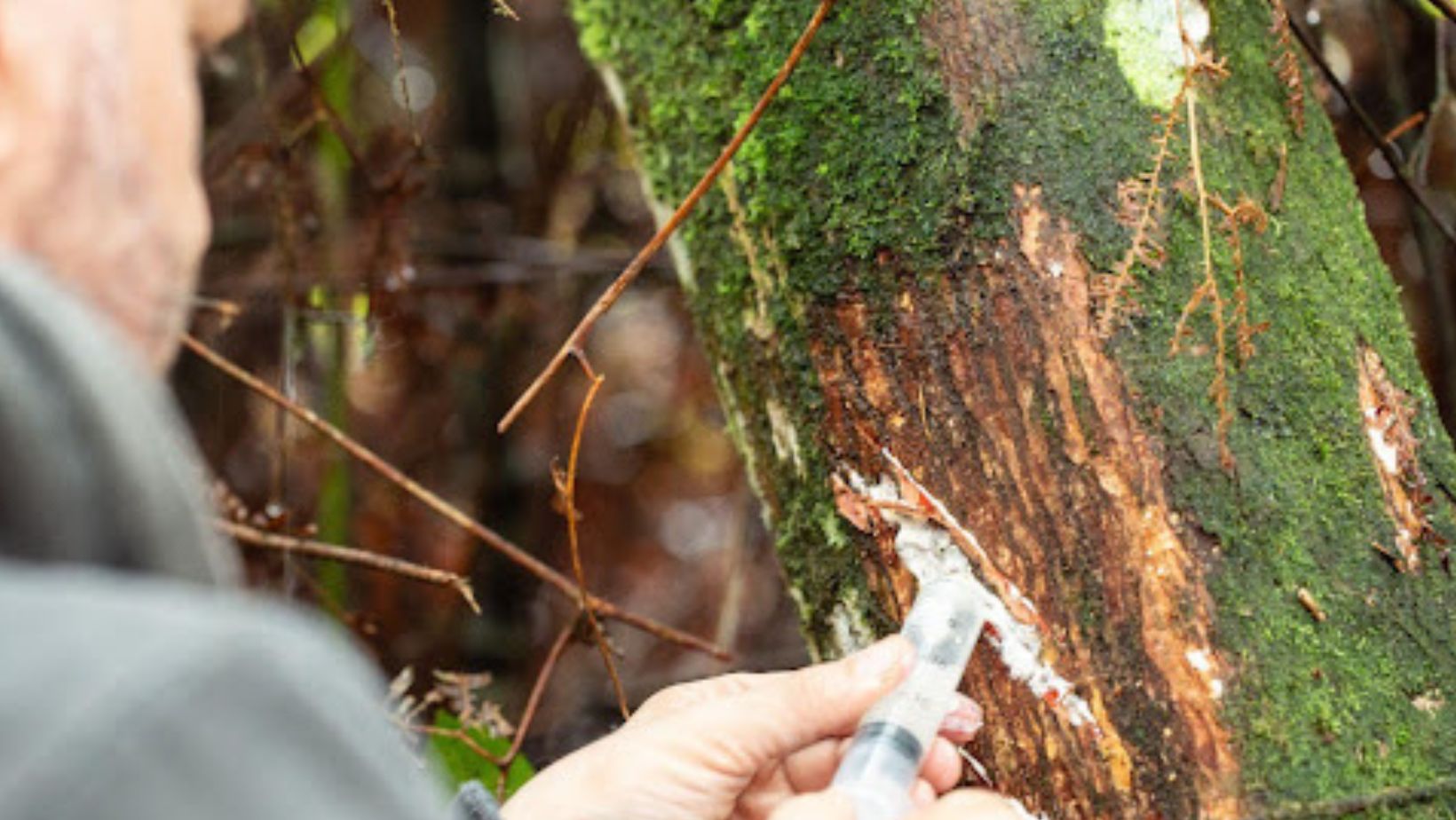In an era where sustainability is no longer optional but imperative, the way we think about and manage our water resources has taken center stage. With climate change impacting water availability worldwide, innovating sustainable hydration solutions is not just beneficial; it’s essential for survival. This article explores how new technologies and community actions can help us secure a future where everyone has access to safe and sustainable water.
Table of Contents
ToggleThe Rise of Eco-Friendly Water Practices
The journey towards sustainable hydration begins with reevaluating our current water use practices. Traditional methods often lead to massive water wastage and environmental degradation. For instance, the agricultural sector, which consumes about 70% of the planet’s freshwater, is under increasing pressure to adopt more water-efficient techniques. Solutions like drip irrigation and moisture sensors are gaining traction, helping to minimize waste and maximize productivity.
Urban areas, too, are rethinking their water infrastructure. Green buildings designed with water conservation in mind are becoming more common. These buildings use low-flow fixtures and greywater recycling systems to reduce freshwater use and decrease the load on municipal water systems.
Innovation at the Tap
As we move indoors, technology continues to play a pivotal role in shaping sustainable water usage. Modern water coolers are a prime example, evolving far beyond their traditional role. Today’s versions can include advanced filtration systems, energy-efficient cooling technology, and even built-in carbonation options. This shift not only reduces reliance on bottled water but also encourages healthier choices among consumers.
Innovations don’t stop at coolers. Smart faucets and connected appliances offer homeowners real-time data on their water consumption, making it easier to track and reduce usage. For example, a smart dishwasher can optimize water use based on the load, significantly cutting down on unnecessary waste.
Community-Based Solutions
Turning to the community level, localized efforts can significantly impact water sustainability. Rainwater harvesting systems are simple yet effective at capturing runoff water for non-potable uses like irrigation and flushing toilets. These systems can be implemented in individual homes or community-wide, providing a buffer against water supply issues and reducing dependence on local water bodies.

Community education programs also play a crucial role in promoting water conservation. By informing individuals about the importance of water conservation and practical steps they can take, these programs foster a culture of sustainability.
The Role of Legislation
Governments have a unique opportunity to influence water conservation through legislation. By enacting laws that require water-efficient practices in industries and new developments, policymakers can ensure that water conservation is not just a choice but a standard. For instance, some regions have introduced requirements for new buildings to include rainwater harvesting systems, which have been instrumental in boosting the local water supply without extra strain on municipal systems.
Furthermore, subsidies and incentives for water-saving appliances make it financially feasible for more people to participate in conservation efforts. These legislative actions, when combined with public education, can dramatically change how communities use and value water.
Looking to the Future: The Next Wave of Water Innovation
As we look ahead, the future of sustainable hydration is promising. Scientists and engineers are working on revolutionary technologies like atmospheric water generation—machines that can extract water from humid air. While still in the early stages, these innovations could one day provide a significant source of clean water, particularly in arid regions.
Biotechnology also offers exciting possibilities, such as genetically engineered plants that require less water. These advancements could reduce agricultural water demands and help maintain food security without straining water resources.

The path to sustainable hydration is not straightforward, and it requires the collaboration of technologists, policymakers, communities, and individuals. Each innovation, policy, and practice brings us closer to a future where water scarcity is less of a threat. By embracing these fluid futures, we are not just saving water—we are ensuring a healthier planet for generations to come.
Embracing sustainable hydration solutions allows us to craft a future where water is respected as the invaluable resource it is, ensuring that every drop counts in our fight against water scarcity.





